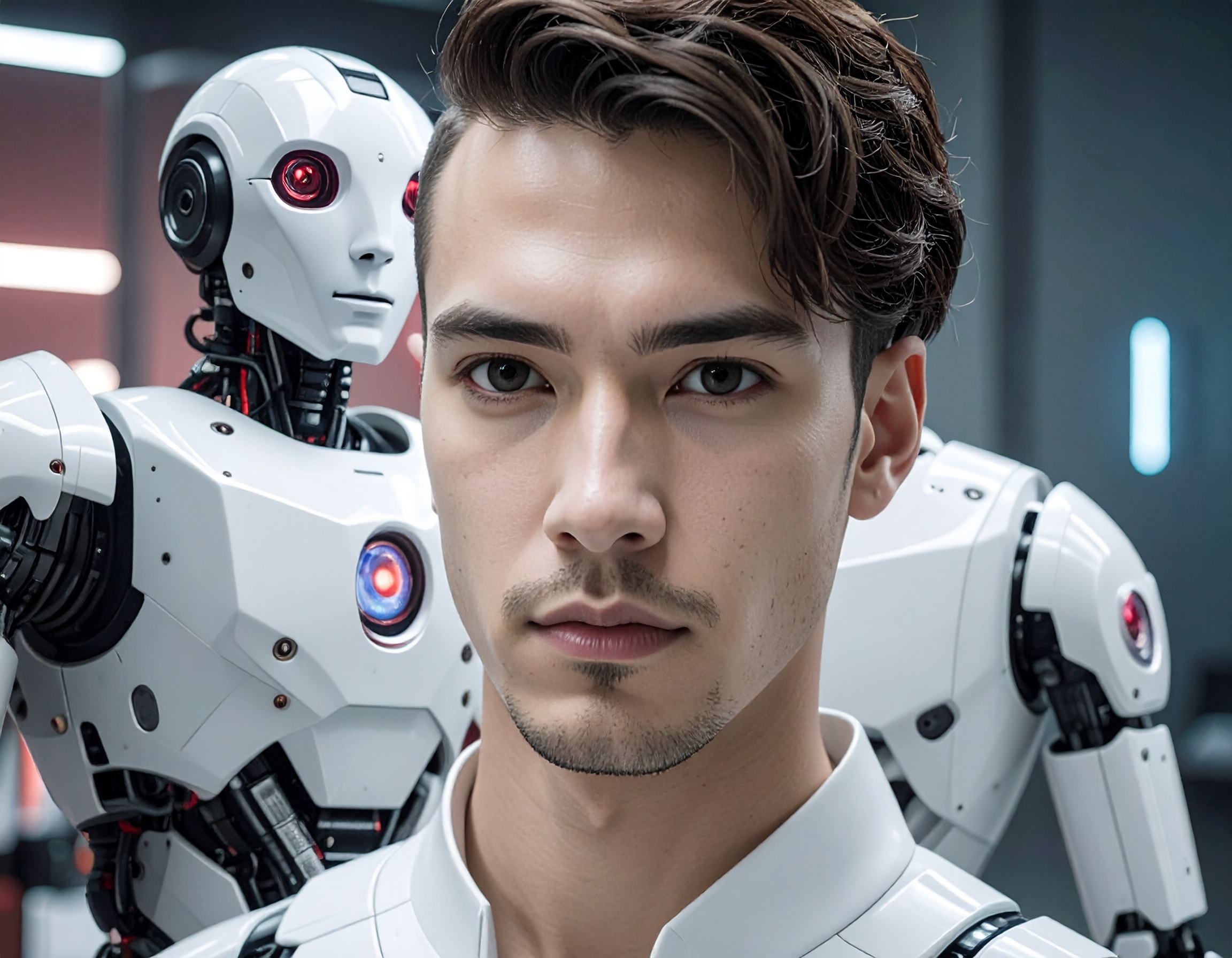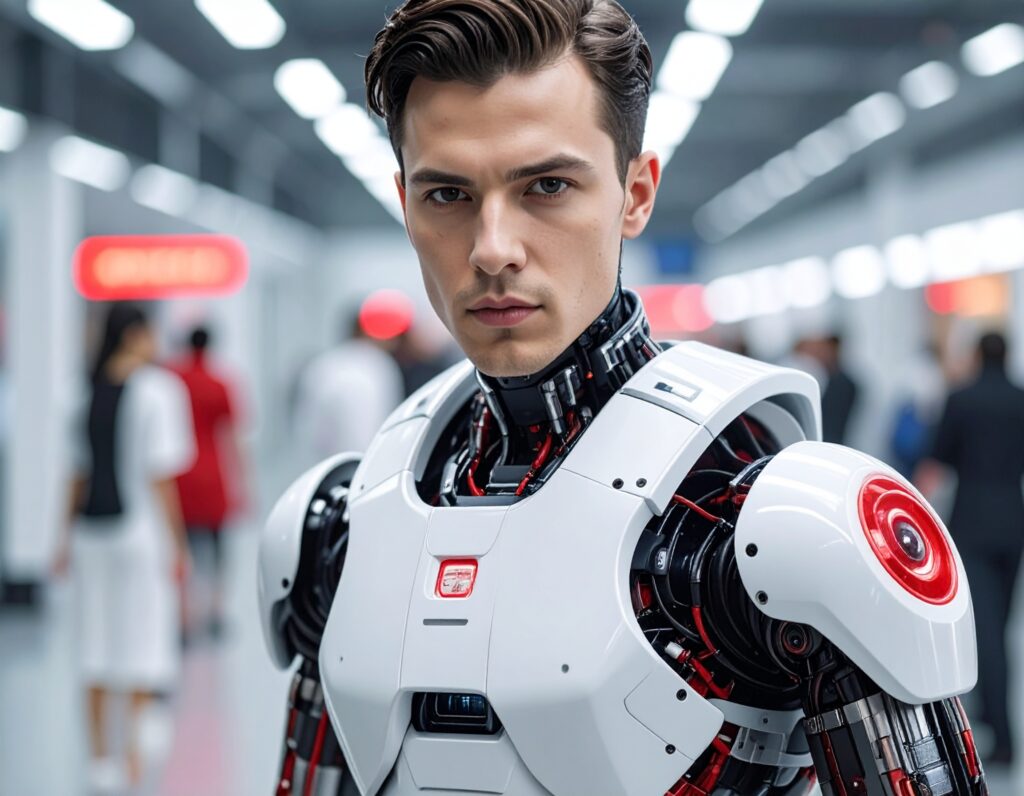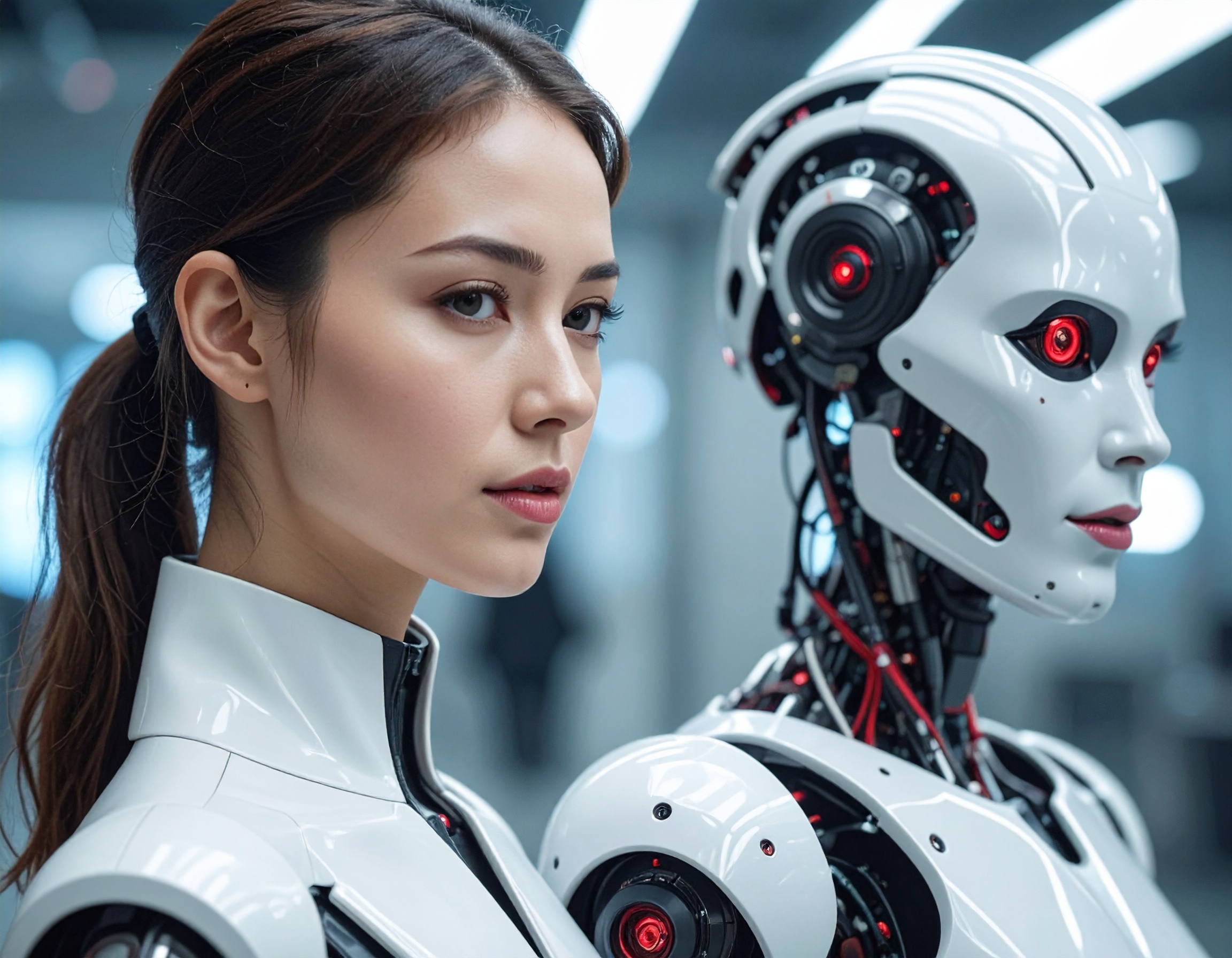When Non-Human Employees Move in Sync: RoboBallet and the Dawn of Fluid AI Employees

A Game-Changer in Collective Robotics
On September 4, 2025, researchers from University College London, Google DeepMind, and Intrinsic unveiled RoboBallet—an AI algorithm that allows robotic arms to operate together like a perfectly choreographed dance . This breakthrough tackles a long-standing challenge in manufacturing: coordinating multiple robots in shared, cluttered environments without collisions.
Traditionally, each robotic arm’s planning has required manual, specialized programming—an exceedingly tedious and error-prone process that can span hundreds of hours for each task setup. RoboBallet changes the game by automating this coordination, streamlining tasks that once demanded extensive human intervention .
Why RoboBallet Matters: Efficiency Meets Flexibility
Thanks to RoboBallet’s intelligent joint planning, manufacturers can save hundreds of hours in planning time, freeing up human operators and engineers to focus on higher-value work . By enabling swift, flexible robot coordination in dynamic environments, the system brings unprecedented agility to production lines—what might now be described as deploying AI Employees or Non-Human Workers that act with human-like fluidity.
The importance lies not only in productivity gains but also in showcasing how Voice AI Agents aren’t the only form of non-human collaborators: here, physical robotic agents become intelligent teammates, reshaping the concept of automation in manufacturing.

From Manual to Autonomous: A Clear Leap Forward
In essence, RoboBallet shifts robotic collaboration from a manual, programmed domain to an autonomous one. Once coded by humans, now orchestrated by AI, these robots exhibit seamless teamwork, enhancing industrial output while reducing the burden on human planners.
This evolution is emblematic of broader trends in modern labour: intelligent systems acting like AI Employees, executing tasks dynamically—truly Non-Human Workers whose emergence is just beginning. RoboBallet illustrates how such sophisticated coordination extends beyond software into the physical world, elevating expectations for what AI-driven automation can achieve.
Key Highlights:
- When & Where: Announced on September 4, 2025, in a joint effort between University College London, Google DeepMind, and Intrinsic .
- What Happened: Introduction of RoboBallet, an AI system that enables multiple robotic arms to plan and operate smoothly together in complex industrial settings .
- Why It’s Important: Eliminates hundreds of hours of manual programming, boosts efficiency and flexibility, and represents a leap toward intelligent, autonomous AI Employees or Non-Human Workers in manufacturing.
- Broader Significance: Illustrates how physical AI agents—here, robotic arms—are emerging as dynamic collaborators, analogous to Voice AI Agents, expanding the landscape of automation and AI-driven labour.
Reference:


